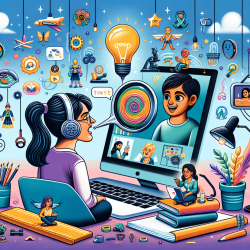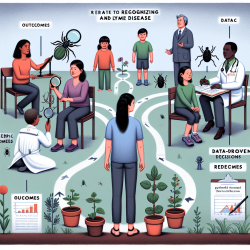Pain is a universal experience, and how children understand and cope with it can have long-lasting effects on their lives. The research article "Spreading the word: pediatric pain education from treatment to prevention" provides invaluable insights that can help practitioners improve their skills and encourage further research in pediatric pain education.
The Importance of Pediatric Pain Education
Chronic pain in children, if not properly managed, can lead to chronic pain in adulthood. This can have a significant impact on quality of life and overall health. Educating children about pain can shift their perception from viewing it as a threat to understanding it as a brain-generated experience. This understanding can help them develop healthier coping mechanisms, reducing the risk of chronic pain in the future.
Key Findings from the Research
The research highlights several important areas:
- Therapeutic Intervention: Pain education, when combined with movement-based interventions, shows promising results in managing chronic pain in children.
- Preventive Strategy: Delivering pain education to healthy children can improve their pain knowledge and coping mechanisms, potentially reducing the risk of chronic pain later in life.
- Current Evidence: Various pain education materials, such as videos, comic books, and interactive sessions, have been developed and tested with positive outcomes.
Implementing the Research Outcomes
Practitioners can enhance their skills by incorporating these research findings into their practice. Here are some actionable steps:
- Integrate Pain Education: Combine pain education with physical therapy or other movement-based interventions to enhance long-term treatment effects.
- Engage Parents: Involve parents in the pain education process to address their pain-related beliefs and behaviors, which can influence their child's pain experience.
- Use Age-Appropriate Materials: Tailor pain education materials to the child's developmental stage to ensure they can understand and apply the concepts.
Encouraging Further Research
While the current research provides a solid foundation, many questions remain unanswered. Future research should explore:
- The long-term effects of pediatric pain education on chronic pain prevention.
- The impact of culturally sensitive pain education materials.
- The effectiveness of pain education in different settings, such as schools and clinics.
Conclusion
Educating children about pain is a crucial step in preventing chronic pain and improving their quality of life. Practitioners can make a significant impact by integrating these research findings into their practice and encouraging further research in this field.To read the original research paper, please follow this link:
Spreading the word: pediatric pain education from treatment to prevention.










